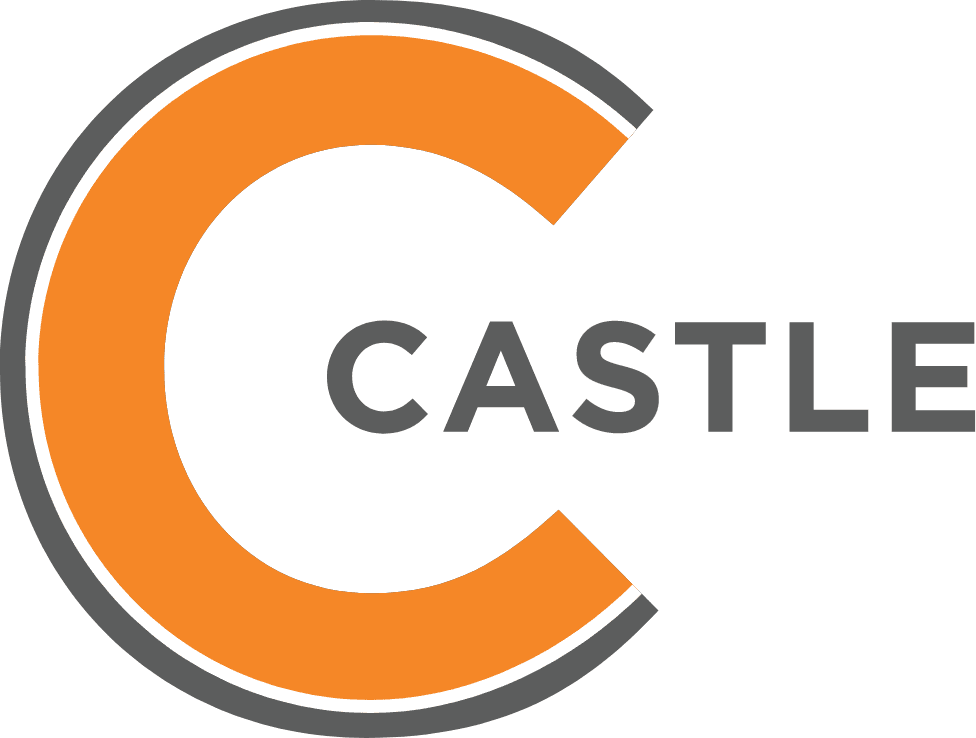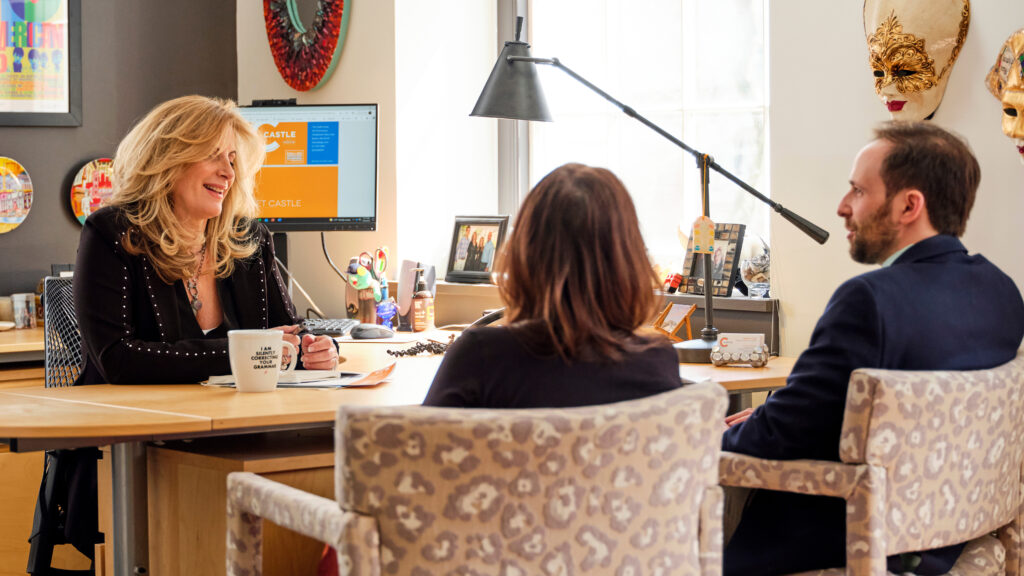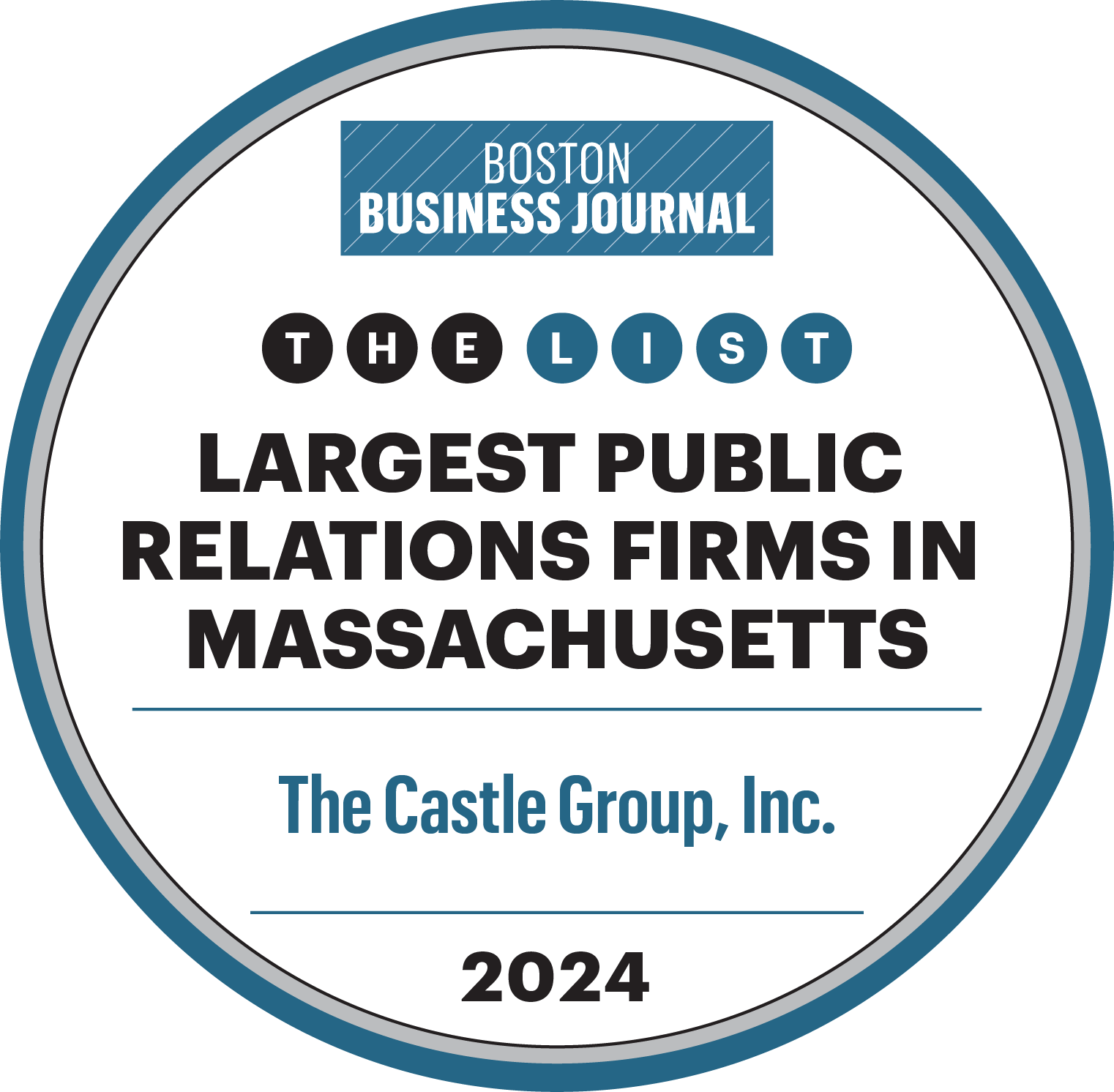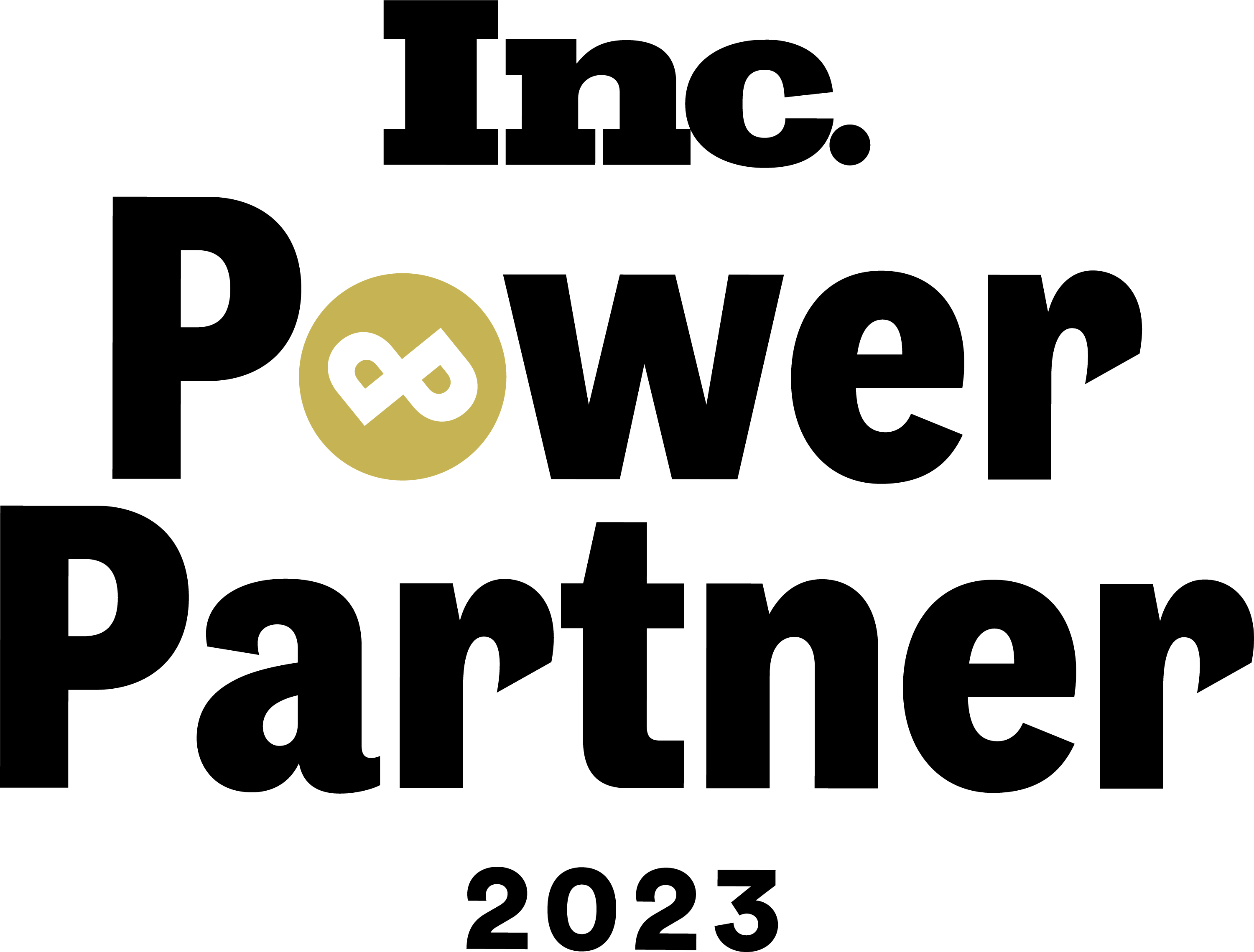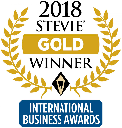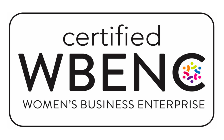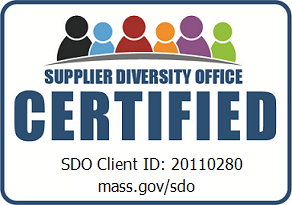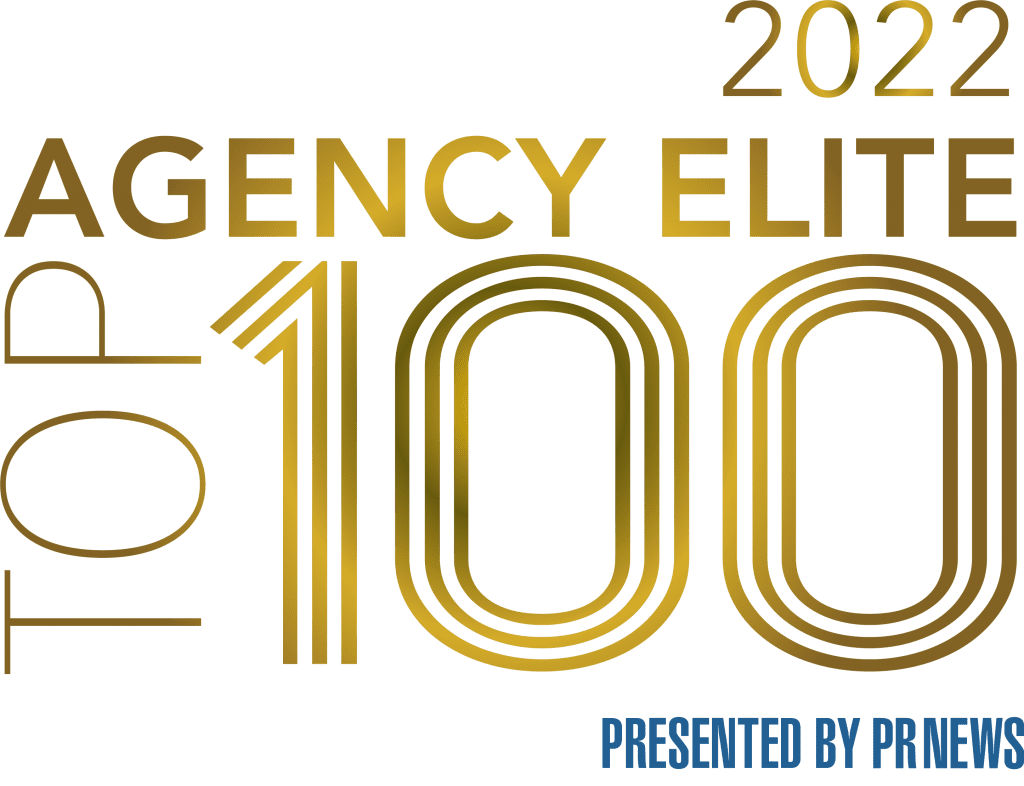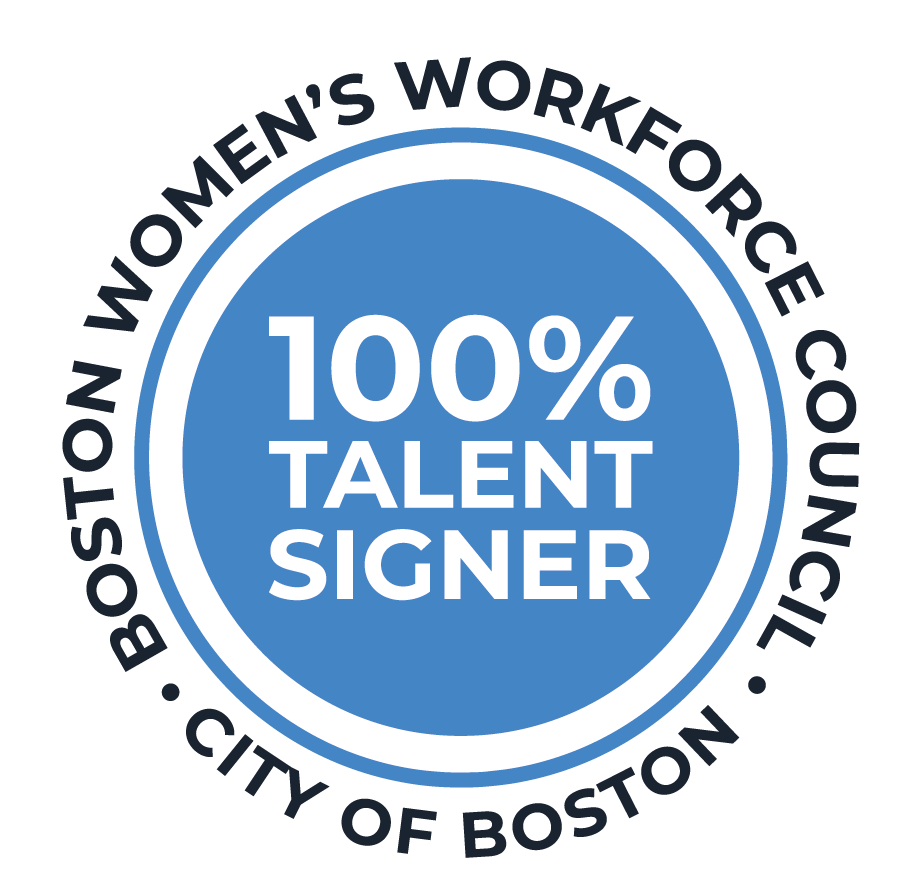
Amanda Albert: What is media training?
Sandy Lish: It truly depends on who the client is and the situation at hand. Over the past decades, our team has trained people for a variety of circumstances, whether they were designated to be their company’s spokesperson or just need to feel comfortable sharing their organization’s message in public settings with various stakeholders or at speaking engagements. We media train clients in both crisis and non-crisis situations.
AA: What’s the main goal of media training?
SL: During our sessions, we stress how important it is to properly deliver a message. This includes word choice, how they speak and present themselves, the length of an answer, and their verbal and nonverbal skills. With crisis clients, it’s crucial to train the person to handle difficult questions with ease and reflect messages confidently and authentically.
AA: It seems like there’s many reasons for media training. Specifically, why does someone come to The Castle Group for this service?
SL: Someone might be suggested by their organization to be the primary spokesperson for the company, which means they will frequently be doing interviews, on-camera or by phone, discussing sensitive information or complex topics. For people who are going to be the face and voice of an organization, we typically do full-blown media training, which can be a pretty intense process. We provide an overview of how media works, getting into the mindset of the person on the other side of the table, camera or phone, and solidifying the key talking points.
AA: How do you get someone to feel comfortable answering difficult questions?
SL: It depends on the situation. With crisis clients, there may be things they just can’t talk about so it’s important that they’re comfortable knowing what they can and cannot say. We never want them to say “no comment” or stonewall a reporter or interviewer. We solidify content but also provide tips and skills that help the speaker deliver the message well, for example maintaining eye contact, avoiding “um,” and reflecting positive body language.
AA: Tell me a little about behind-the-scenes of a media training program.
SL: We start by talking about their individual situation – where they’re speaking or presenting, the type of media, in-person or by phone, etc. – and then we go over likely scenarios and the questions they may be asked. We break the session into different parts. It’s important the person knows from the beginning that they control the interview or presentation, so we go through tips to control their confidence, including breathing techniques, maintaining focus and not getting too comfortable with the other person/people.
AA: Do you have a favorite part of media training?
SL: The fun part is the mock interviews, because this is when the person learns the most from the session. We will recreate the situation they’re preparing for, whether it’s an on-camera, phone or radio interview. If it is a phone interview, we will literally leave the room and get on the phone to hear what they sound like. It’s easy for someone to lose track on the phone and go off on a tangent. This can cause the reporter to lose focus and not pay as much attention to the content. With crisis clients, we often pressure and distract them either by having the phone ring or having someone walk into the room to see how the person reacts. We also record the mock interviews, either by video or audio depending on the situation. When someone sees or hears him or herself played back, they totally get it.
AA: You mentioned verbal and non-verbal delivery skills. Can you give some examples of these types of skills?
SL: Verbal skills can be the articulation, word choice, speed, volume and emphasis of the words. People often look past non-verbal skills because they feel second nature; these can be gestures, body language, eye contact, how they’re sitting in the chair or even what they wear.
AA: What’s the most interesting thing you’ve discovered from your time doing media training?
SL: We’ve been providing media training services for more than 20 years and there’s never been a single person who came into the room wanting to be media trained – someone either told them to do it or they begrudgingly knew they need it. They’d rather be anywhere else than that room. Without exception, we’ve never had anyone leave without conveying how helpful it was and acknowledging they needed the training. Once someone sees themselves on camera, they can see the improvement from take to take. It proves that the feedback and coaching worked.
AA: So, since people seem to be pretty hesitant, how do you make them more comfortable?
SL: For most people it’s difficult to be criticized by strangers. It’s important to have one-on-one sessions, especially for senior-level executives or anyone who will be doing a lot of talking on behalf of the company. It can be uncomfortable to be critiqued in front of peers or someone who reports to them or vice versa. We could spend one day or multiple days with someone, the more they practice, the more comfortable they will be. Depending on the situation and the goal, we can also train multiple people in one session.
AA: Do you have any media training tips for success?
SL: There are three common mistakes that occur before people have been trained:
- Their answers are too long, which loses the attention of the reporter, audience, and can bury the most important messages.
- They forget to prepare for the easy questions. It’s typical to only study the more complex questions and then when it comes time to answer “what do you do?” or “tell me about your background” people drag on and forget the key parts.
- They get caught up in the interview and aren’t focused on their messages and getting them out at the right time. Interviews can end at any time and if they didn’t get asked the question they wanted to be asked, they lose the chance to convey the most important messages in a clear, concise and compelling way.
